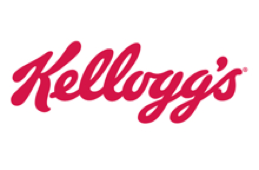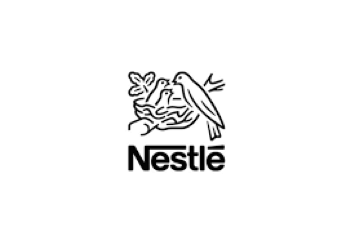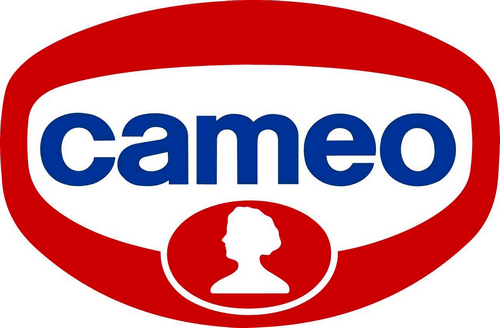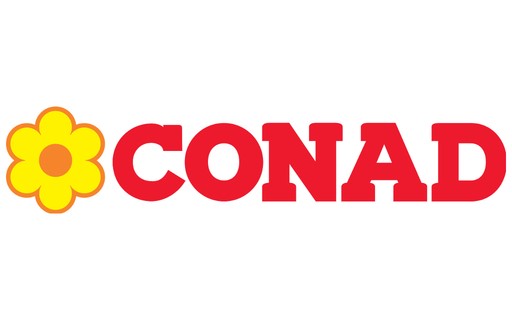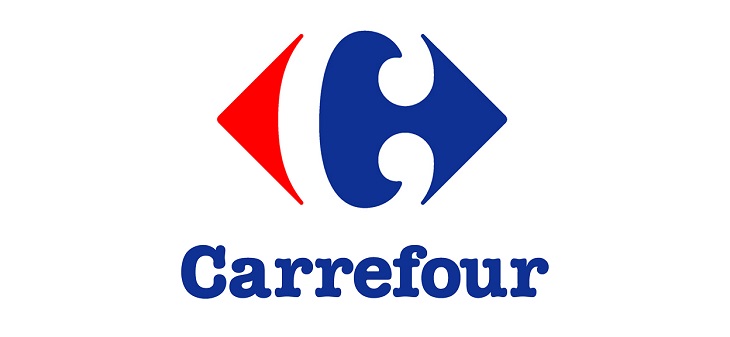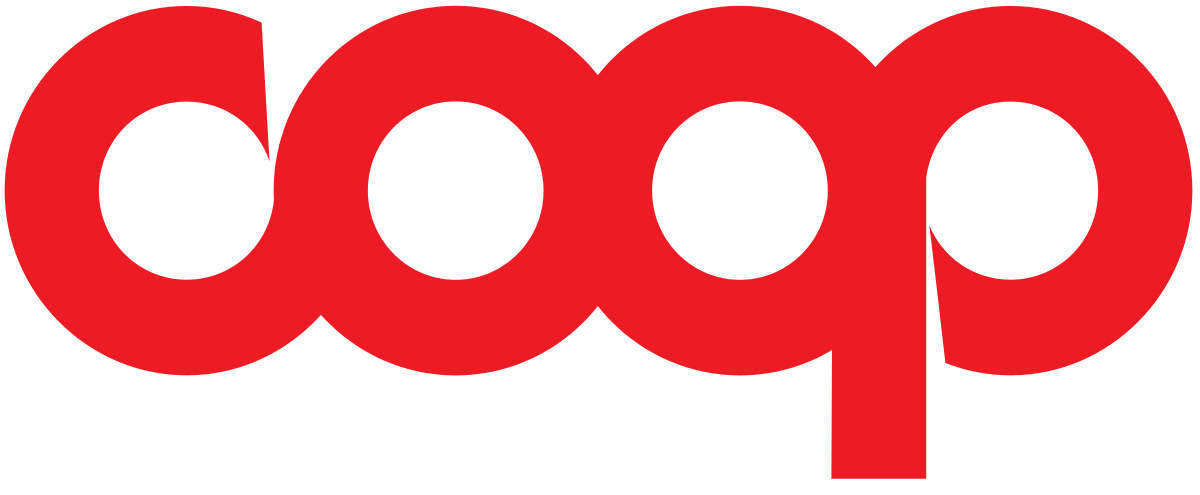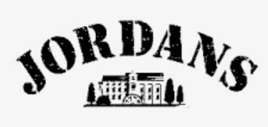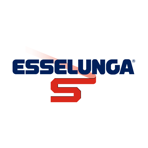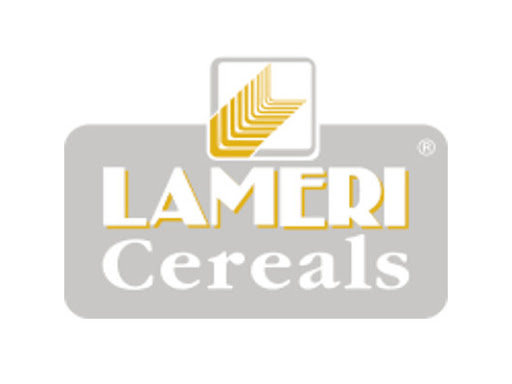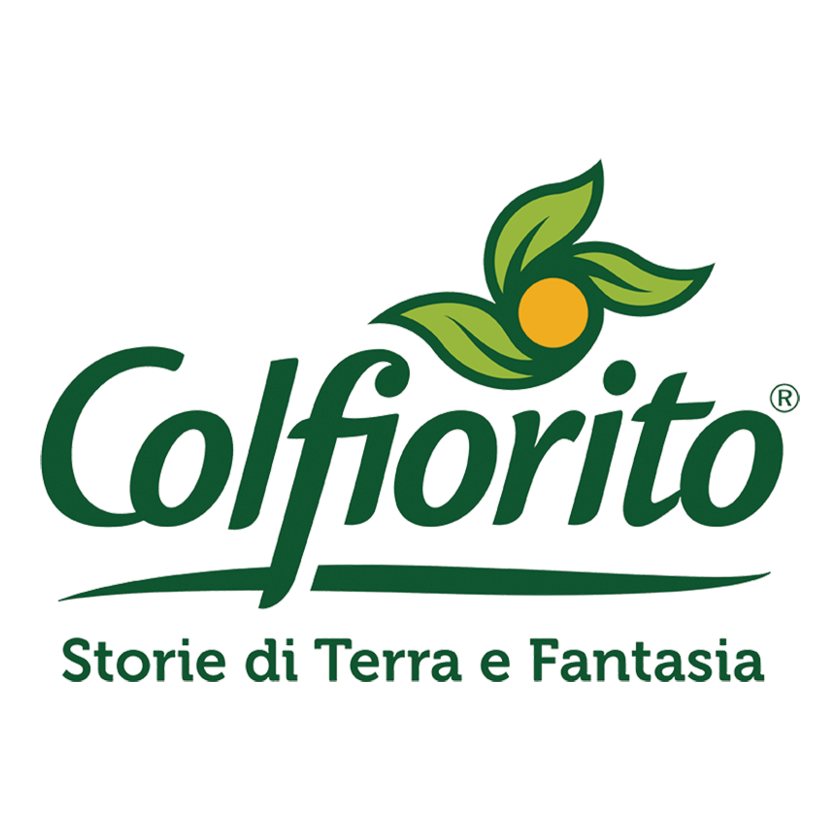Sintesi
The global breakfast cereal market has been on a growth trajectory, expected to reach a value of 75.44 billion USD in 2025, demonstrating positive growth even during the COVID-19 pandemic. In 2020, the market saw a notable increase in value to 56.9 billion USD. This rise has been attributed to a shift in consumer behavior due to pandemic-induced restrictions, leading to a greater emphasis on having breakfast, which is often regarded as a critical meal for health and family bonding. Italy, a significant player in this market, observed an uptick in breakfast cereal exports, amounting to more than 55 million USD in 2020, while imports were valued at 19.6 million USD. Organic and health-conscious trends are driving the development of cereals with reduced sugar and higher fiber content.
Despite logistical challenges brought on by COVID-19, production prices of cereals remained stable, with a post-lockdown increase suggesting recovery in the industry. The market is dominated by multinational corporations such as Kellogg’s, whose product portfolio expansion and adaptation to consumer health trends have solidified their market position. Notably, Kellogg’s contributed 58% to category growth with a 9.3% increase in value in 2020. The Italian market also underscores the rise of e-commerce as a significant distribution channel, particularly for organic and bio cereal products.
The Flourishing Demand for Breakfast Cereals in Italy: Navigating Through Health Trends and Consumption Patterns
In recent years, Italy has witnessed a robust escalation in the demand for breakfast cereals, integrating a spurt of health consciousness among its citizens into their morning routines. An insight into this burgeoning market reveals a distinct segmentation - cereals catered to children with an emphasis on nutritional content, and adult-oriented cereals accentuating dietary preferences and flavorsome varieties. As per estimations, an uptrend in the global breakfast cereal market is anticipated, with a growth rate hovering around 3.5% leading up until the year 2027. This surge stems from an increased penchant for convenience foods aligned with urban lifestyles and heightened health awareness. The Italian domestic market reflects a pronounced growth inclination, data exhibiting a sales volume increase of approximately 10 to 15% from the preceding year, resulting in sales figures between 350 and 400 million euros for ready-to-eat cereals. The adult segment exhibits a predilection for muesli and oat flakes, contrasting the children's segment, which showcases a higher consumption of wheat-based cereals and corn petals.
Conversely, Italy's exports and imports offer an intriguing narrative, with exports exceeding imports by roughly two to three times, implying a significant trade balance surplus. Italian breakfast habits underscore a culture deeply woven into the fabric of their lifestyle, with over 85% of the population partaking in a nutritious breakfast. There's a visible pattern of increased expenditure on breakfast cereals, with a steady hike in monthly household spending from about 2 to 3 euros over a five-year period. It's evident that the Italian population is drifting towards healthier breakfast options like yogurt and cereals, a shift that could be tied to an evolving association with wellness and swift preparation times. This healthy paradigm shift has positioned manufacturers to reformulate their offerings by augmenting the fiber content by over 145%, while concurrently slashing sodium and sugar content by over 60% and 25%, respectively. These adaptations cater to the rising demand for organic products, with sales amplifying by over 20% annually in the bio cereal segment. The ravaging effects of the COVID-19 pandemic inadvertently bolstered the cereal market, as lockdowns and stay-at-home directives revitalized the value of the domestic breakfast routine. While the industry faced production hiccups due to logistical hindrances amidst the pandemic, the recovery phase saw a rise in production prices from an index of approximately 120 to over 130.
Prominent Players Shaping the Breakfast Cereal Landscape
The breakfast cereal market is a dynamic and highly competitive space, dominated by an intriguing mix of global giants and strategic local players who have a strong influence on consumer preferences and market trends. Let's take a closer look at some of the key protagonists in this nutritional narrative.
- Kellogg’s stands tall as a household name, with a rich legacy and a portfolio that boasts iconic brands like Coco Pops, Extra, and Corn Flakes. Kellogg's has adeptly maintained its market prominence by adapting to consumer trends and offering a variety of cereals that cater to different tastes and dietary requirements.
- Barilla, predominantly known for its pasta, has forayed convincingly into the cereal domain with Gran Cereale. Their emphasis on wholesome ingredients has allowed them to carve out a respectable place in the breakfast tables of health-conscious consumers.
- Nestlé Italia, another titan in the food industry, has creatively leveraged its broad reach, offering a range of cereal options under its Nestlé Cereal and Fitness brands. Cereal Partners Worldwide, a strategic collaboration with General Mills, further fortifies their position as a significant player in the market.
- Cameo, while perhaps less known internationally, is a formidable presence in the Italian market thanks to its Vitalis brand. The company’s focus on convenience and taste has helped it to capture a loyal segment of breakfast enthusiasts. In addition to these multinationals, several supermarket chains play a dual role as both distributors and producers, adding another layer of competition to the mix.
- Conad, Coop, Esselunga, and Carrefour Italia have all made their marks by offering a spectrum of private-label breakfast cereals that promise both quality and value for money. The unique positioning and strategic offerings of these companies ensure that consumers have a myriad of options to choose from, making the breakfast cereal market as vibrant and diverse as the preferences it seeks to satisfy.
Whether through product innovation, strategic partnerships, or tapping into the growing organic segment, each player continues to influence the direction and growth of this ever-evolving market.
per comprendere questo mercato
Dettaglio del contenuto
 Informazioni
Informazioni
- Pagine : 30 pags
- Formato : Versione PDF e digitale
- Ultimo aggiornamento : 15/05/2021
 Riepilogo ed estratti
Riepilogo ed estratti
1 Market overview
1.1 Definition and scope of study
Breakfast cereals are an agglomerate of nutrients, mainly cereals such as wheat, oats or corn, with natural or artificial flavors and sugar.
Two types of cereals can be distinguished:
- Ready-to-eat cereals are the most common: they include wheat-based cereals, baby cereals, corn petals and muesli;
- Ready-to-make cereals: mainly oat flakes such as porridge.
The breakfast cereals market consists of two segments: cereals for adults and cereals for children. Each segment has a different underlying dynamics. Nutritional input is particularly important in children's cereals, while dietary and taste characteristics are more relevant in the adult market.
It is estimated that the global cereal market has grown in recent years and will continue to grow at a rate of 3.5% until 2027. The growth of the market is mainly due to the growing demand for convenience foods, the urbanization trend and the growing awareness of the importance of food for health.
In Italy, the market is growing as Italians become more aware of the beneficial effects of having breakfast. In 2018, in fact, 88% of Italians declared to have breakfast and the annual per capita consumption of cereals is 1.6 kg.
The Italian market is very concentrated, with the prevalence of some operators belonging to large international groups, such as Kellogg's and Unilever. The distribution takes place mainly in the large-scale retail trade, where supermarkets represent the most significant market share.
In recent years, the market has seen a trend towards healthiness. In fact, supply has expanded to meet this new demand, producing 145% more fiber-rich cereals and decreasing sodium content by 61%.
1.2 The global market
The global breakfast cereal market has been growing in the past decade and is expected to continue this trend, reaching a value of **.** billion USD in ****.
The market was valued at **.* billion USD in **** and grew to **.* billion USD in ****. In addition to this, it is expected to grow at a ...
1.3 The Italian domestic market
In ****, the Italian market for ready-to-eat breakfast cereals and cereal bars covered a total sales volume of **,*** tonnes, up **% on the previous year, when sales volume amounted to **,*** tonnes. In this context, the market for ready-to-eat breakfast cereals amounted to **,*** tonnes for a value of ***.* million euros, while the volume of ...
1.4 Exports and imports of breakfast cereals
Breakfast cereals are referred to by the UNComtrade database as "food preparation, cereal products" and are associated with the commodity code ******.
The market relies mainly on exports, which in **** amounted to more than ** million USD. Instead, imports were valued at **.* million USD. The coverage rate expresses the importance of exports over ...
1.5 The impact of Covid-19 on breakfast cereal
Contrary to most other goods, breakfast cereals have experienced positive growth in ****.
The strict restrictions imposed by the Italian government forced the population to spend several months in their homes.In this context, a good habit such as breakfast gained attention and value. The impossibility of eating out, the search for ...
2 Demand Analysis
2.1 Italians' breakfast habits
Breakfast has always had a role in the Italian lifestyle: according to Kellog's research in ****, Italy was the first country in Europe in terms of population that has breakfast.
The map below synthesizes the share of the population that has an adequate breakfast every day (***). The whole country shows very high ...
2.2 The role of cereal in Italians' breakfast
According to Unione Food Italiana, bread and toasts with or without jam or honey on top are the still Italians' favorite breakfast item, followed by biscuits and brioches, preferred by **% of the population. This can be explained by the fact that these foods, although less healthy, are part of the Italian ...
2.3 Drivers of the growing demand for cereals
A food that is ready to be eaten
Collaborative millennials now represent the largest demographic in Western labor markets and, thus, have become the catalyst for retailers to change their commercial strategies.
With their busy calendars, these consumers often have a preference for healthy food to eat on the fly, but ...
3 Market structure
3.1 The value chain of the market
The value chain and organization of the market are synthesized below.
3.2 Major players of the market
The major payers of the market are mostly multinationals of the agro-food business. The market is fragmented and highly competitive, as multinational brands such as Nestlè and Kellog's face competition from both self-producing supermarkets, such as Conad and Carrefour and specialized minor stores.
Major players such as Barilla and Cameo (***) play ...
3.3 Organization of cereal processing enterprises
The graph below is a breakdown by legal form of the **** Italian enterprises specialized in cereal processing, the second step in the production of breakfast ready-to-eat cereal.
As the graph shows, the great majority of these kinds of enterprises are constituted by individual entrepreneurs, about **% of the total. Limited liability companies ...
3.4 Distribution channels
The distribution of breakfast cereal takes place mostly through large-scale retail. The graph below provides a breakdown of the traditional distribution of cereal in Italy. Although the data isn't as recent, it can still provide an overview of the traditional distribution of breakfast cereal in the country. As we can see ...
4 Analysis of the offer
4.1 Typologies of breakfast cereal
The different varieties of breakfast cereals can be divided into different sub-segments. First, there are the children's cereals, which are generally very sweet. [***]
Among the cereals for adults, there are those based on muesli, a mixture of oats and other ingredients such as dried fruit or seeds. These are stagnating in ...
4.2 Price of production
The graph below gives an overview of the production prices in the past year, based on the Istat producer price index set in ****=***.
As the data shows, producer's prices have remained quite stable during the lockdown months, in March, April, May, and June ****. However, the complications of the Covid-** pandemic and ...
4.3 New trends
All recent trends in the agro-food industry in the Western world are closely related to the increasing attention consumer have been giving to health-related issues.The sugar-tax, set to be put in place in **** in Italy, is also driving the free-from trend.
Consumption trends have shown how best-selling breakfast cereals for ...
4.4 Average price of breakfast cereals
The average prices for breakfast cereals are synthesized in the table below. The products chosen are the most loved ones by Italians in their categories according to Altro Consumo.
5 Regulation
5.1 Regulation
The Harmonised System is an international nomenclature for the classification of goods. It allows participating countries to classify traded goods on a common basis for customs purposes. At the international level, the Harmonised System (***) for the classification of goods is a six-digit code system. [***]
The HS consists of approximately *,*** item/product ...
5.2 Organic label and nutri-score
In order for a brand to obtain the organic label on one of its products, it must meet the following conditions:
At least **% of the product's components come from organic farming in accordance with EU regulations; The product complies with the rules of the official inspection system; The product comes directly ...
6 Positioning of the players
6.1 Segmentation
- Kellogg’s
- Nestlé Italia
- Cameo
- Barilla
- Conad
- Carrefour Italia
- Coop
- Jordans
- Esselunga s.p.a
- Lameri
- Colfiorito
- Nestlé Groupe
 Grafica
Grafica
- Taille du marché mondial des céréales pour petit-déjeuner
- Taille du marché national des céréales pour petit-déjeuner et volume des ventes
- Évolution des importations et des exportations de céréales pour petit-déjeuner
- Pays d'origine des importations
- Principales destinations des exportations
Tutti i nostri studi sono disponibili online e in PDF
Ti invitiamo a consultare un esempio del nostro lavoro di studio su altri mercato!
ultime novità
Aziende citate in questo studio
Questo studio contiene un panorama completo di società di mercato con le ultime cifre e le notizie di ogni azienda :
 Perché Scegliere Questo Studio :
Perché Scegliere Questo Studio :
Accedi a più di 35 ore di lavoro
I nostri studi sono il risultato di oltre 35 ore di ricerca e analisi. L'uso dei nostri studi ti consente di dedicare più tempo e aggiungere valore ai tuoi progetti.
Approfitta di 6 anni di esperienza e oltre 1.500 studi settoriali già prodotti
La nostra competenza ci consente di produrre studi completi in tutti i settori, inclusi i mercati di nicchia o emergenti.
Il nostro know-how e la nostra metodologia ci consentono di produrre studi con un valore unico di denaro
Accedi a diverse migliaia di articoli e dati a pagamento
BusinessCoot ha accesso all'intera stampa economica a pagamento e ai database esclusivi per svolgere studi di mercato (+ 30.000 articoli privati e fonti).
Al fine di arricchire i nostri studi, i nostri analisti utilizzano anche indicatori Web (semrush, tendenze, ecc.) Per identificare le tendenze in un mercato e strategie aziendali. (Consulta le nostre fonti a pagamento)
Supporto garantito dopo l'acquisto
Una squadra dedicata al servizio post-vendita, per garantirti un alto livello di soddisfazione. +39 380 247 7810
Un formato digitale progettato per i nostri utenti
Accedi a un PDF ma anche una versione digitale per i nostri clienti. Questa versione consente di accedere a fonti, dati in formato Excel e grafica. Il contenuto dello studio può quindi essere facilmente recuperato e adattato per i tuoi supporti.
 Le nostre offerte :
Le nostre offerte :
the breakfast cereal market | Italy
- Quali sono i dati relativi alle dimensioni e alla crescita del mercato?
- Cosa sta influenzando l'andamento e l'evoluzione del mercato?
- Qual'è il posizionamento degli attori di mercato?
- Segmentazione e profilo delle aziende operanti nel mercato
- Dati e numeri da una molteplicità di fonti
Pacchetto di 5 studi (-15%) IT Italy
- 5 rapporti a 75,6 € IVA esclusa per studio da scegliere dal nostro catalogo italiano per 12 mesi
- Risparmiare il 15% sugli studi aggiuntivi acquistati
- Scegliere il rimborso del credito non utilizzato al termine dei 12 mesi (durata del pacchetto).
Consulta i termini e le condizioni del pack e del rimborso del credito non utilizzato.
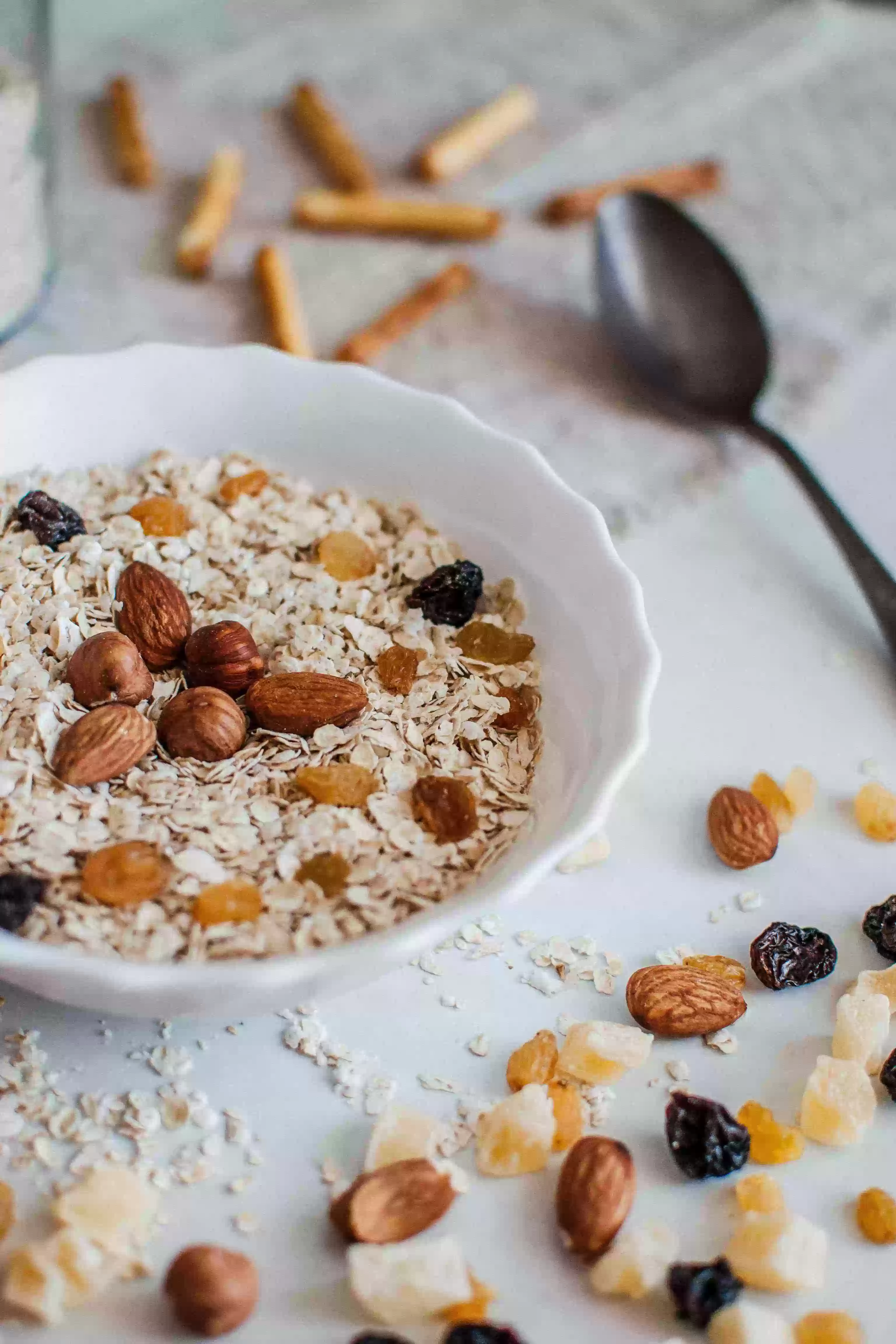




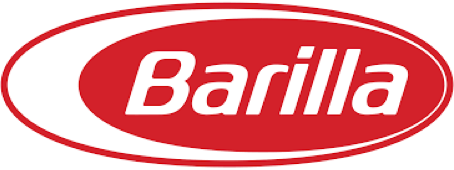 Barilla perde il secondo round della guerra dei biscotti - 02/04/2024
Barilla perde il secondo round della guerra dei biscotti - 02/04/2024
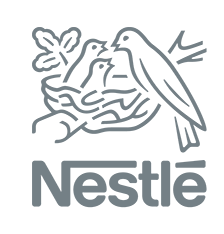 Nestlé vuole conquistare il mercato delle vitamine. - 19/04/2023
Nestlé vuole conquistare il mercato delle vitamine. - 19/04/2023
